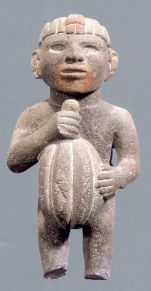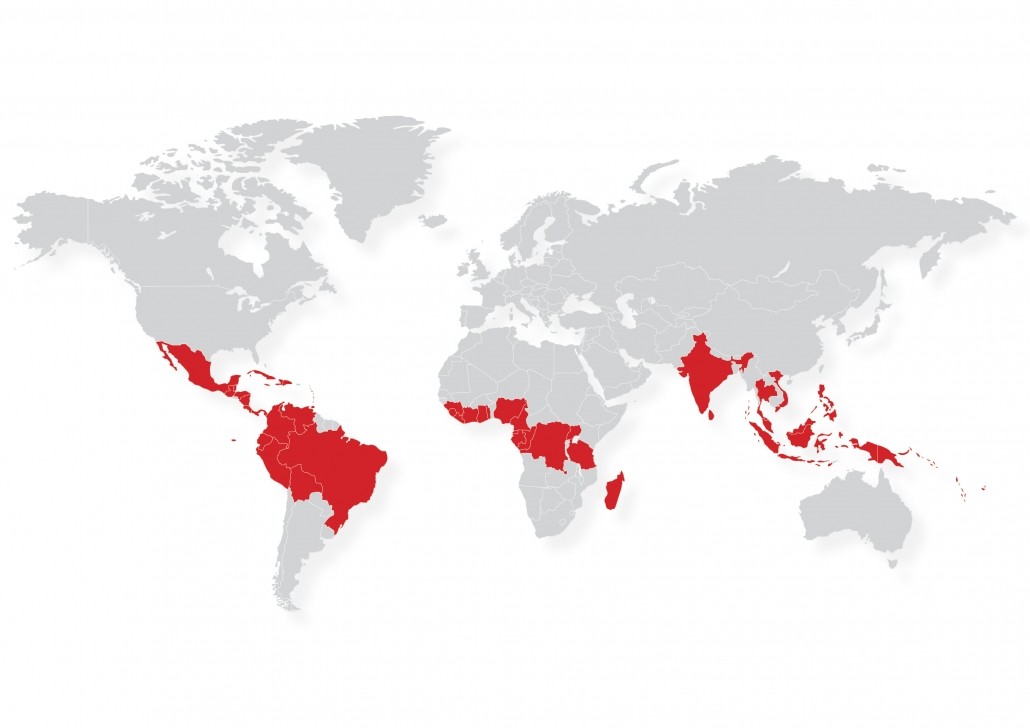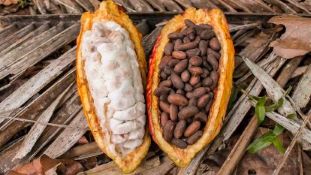A Cocoa History
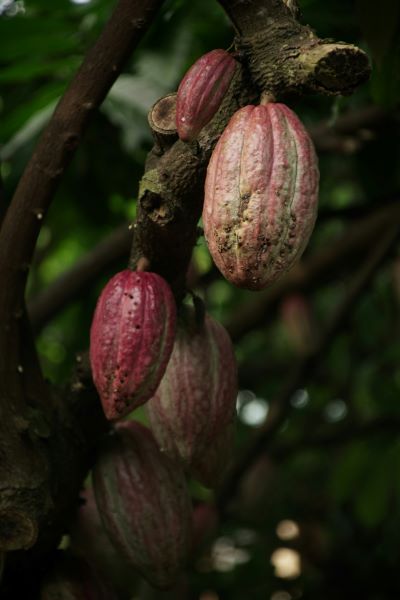
West Africa is the largest region for cocoa production in the world. Côte d’Ivoire and Ghana are responsible for 40% and 25% of global production respectively, although neither country is native to the crop. To trace the origins of cocoa, we need to direct our attention to the Americas, where historians believe the Olmecs were the first to consume chocolate in the form of a drink. They noticed rats eating cocoa fruit and soon realized that the tree produced a fruit with many flavors and uses. The Olmecs crushed cocoa beans, mixed them with water, added spices, chilies, and herbs, and began cultivating cocoa in equatorial Mexico. Over time, the Mayans and Aztecs developed successful methods for cultivating cocoa as well.
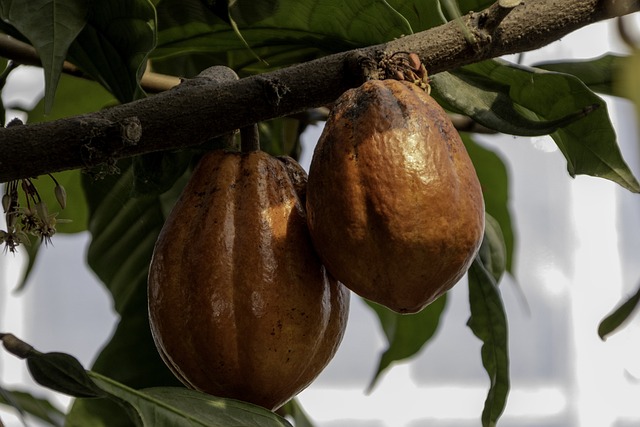
During their wars with the Aztecs and Mayans, the Chimimeken people levied taxes in the form of cocoa beans. For these civilizations, cocoa was a symbol of abundance. It was used in religious rituals dedicated to Quetzalcoatl, the Aztec god responsible for bringing the cocoa tree to man, and to Chak ek Chuah, the Mayan patron saint of cocoa. Cocoa production advanced as people migrated throughout Mesoamerica, but consumption of the drink remained a privilege for the upper classes and soldiers during battle.
Cocoa production and consumption remained confined to Latin America until the arrival of Spanish conquistadors in the 16th century. Hernán Cortés, a Spanish conquistador, brought cocoa to Europe, recognizing the potential of chocolate as a desirable drink for European nobility. Initially, the Spaniards kept the secret of production to themselves, giving them the upper hand in a monopoly on the chocolate market in Europe.
Cocoa was grown only in ‘The Chocolate Belt’ – the tropical stretch of the world between 10 degrees north and 20 degrees south. Spanish colonizers initiated the large-scale cultivation of cocoa across Latin America during the 16th century. From there, its cultivation spread to Brazil in the 17th century, and then further to Fernando Po (an island off the coast of Equatorial Guinea now known as Bioko) in 1840. It was from Fernando Po that cocoa reached Ghana, then known as the Gold Coast, in 1879.
In 1828, Coenraad van Houten, a Dutch chemist and inventor, created a cocoa press that could separate fat from cocoa beans, developing a process known as “Dutching”. This led to the creation of cocoa powder. Unlike traditionally processed cocoa, this powder is not acidic, making it more palatable for mass-market consumption. In 1850, Joseph Fry, a British Quaker and entrepreneur, discovered that adding cocoa butter back into cocoa powder created something malleable, which allowed the development of chocolate bars. It was this industrialization that transformed cocoa from something typically consumed as a beverage to something typically eaten.
As chocolate became popular in Europe, conquistadors used encomienda, a tributary system of communal slavery applied to conquered non-Christian populations, to guarantee their supplies. Encomienda differed from other forms of slavery in that colonial authorities demanded certain quantities of produce from subjugated communities without demanding who specifically would conduct this labor. As other European powers realized the vast potential markets for chocolate, they too began implementing forced labor regimes to ensure a steady supply of cocoa. This is partly why chocolate production shifted from the Americas to West Africa, the Philippines, and Indonesia. Not only is the climate in these regions ideal for cocoa production, but these areas were under the control of British, French, Dutch, and Portuguese colonial authorities.
Throughout the history of chocolate, one fact becomes especially apparent: chocolate is very lucrative. Chocolate has transformed from a beverage of the elites to a relatively cheap commodity accessible to almost anyone, but the wealth generated by cocoa has primarily remained in the hands of those who are able to control the complex ways in which it is transported from the point of production and processed into more valuable consumer products. These days, people across the world consume more than 3 million tons of cocoa beans each year! Preparation of cocoa beans still varies place-to-place, but the variations make for all kinds of tasty treats. Cocoa has definitely become a staple baking ingredient in almost any recipe.
